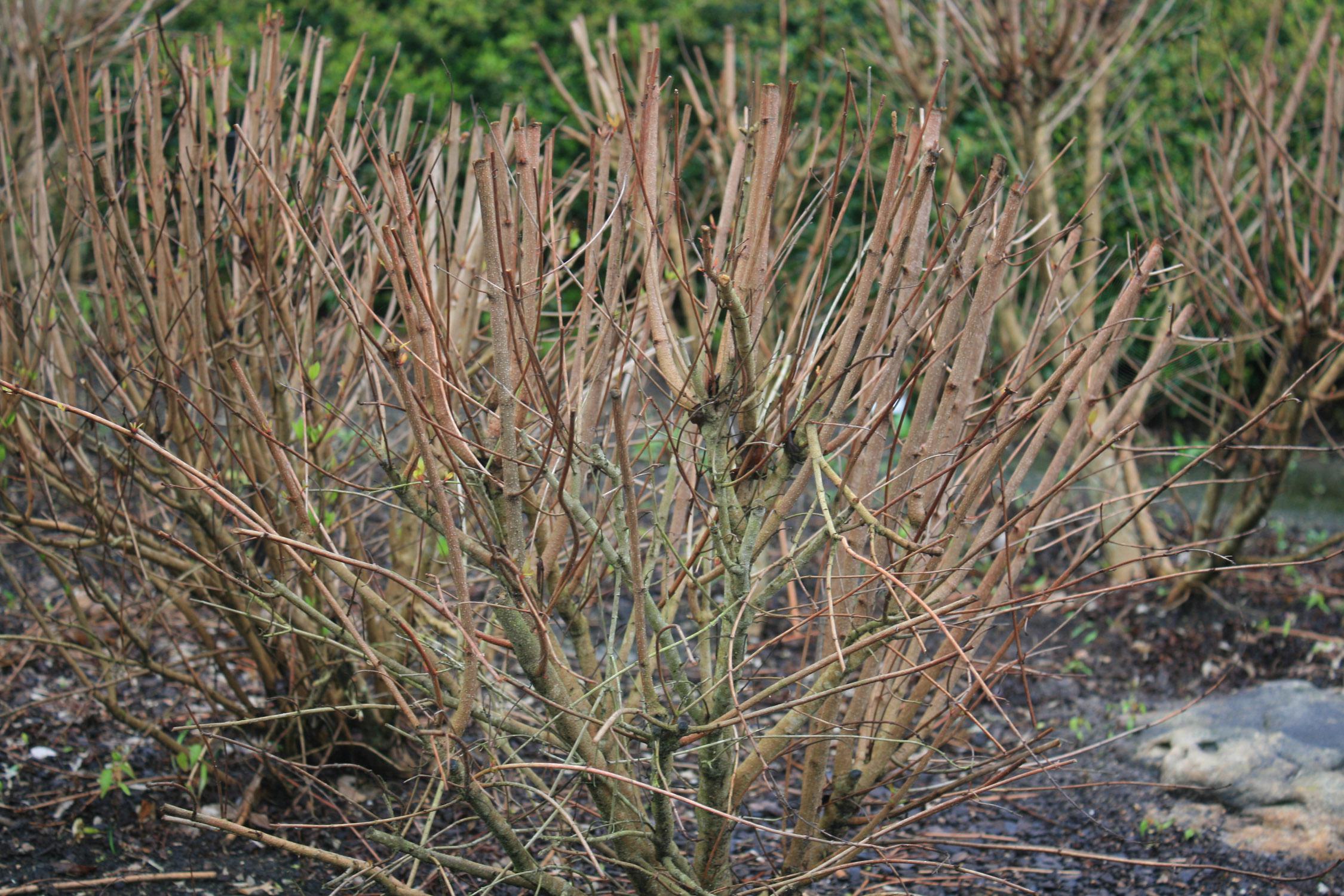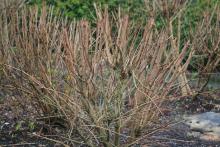Information Possibly Outdated
The information presented on this page was originally released on April 7, 2014. It may not be outdated, but please search our site for more current information. If you plan to quote or reference this information in a publication, please check with the Extension specialist or author before proceeding.
Cold winter may provide surprises mixed with losses
This winter we have seen some mighty cold weather in our gardens and landscapes. As a result, we’ll see damage to some landscape plants and we’ll lose others. And with some plants, there will be surprises.
For example, I left an unprotected amaryllis in my garden that experienced a low temperature of 15 degrees -- not once, but twice. This weekend I found the amaryllis pushing new leaves. I was able to separate and pot five bulblets that were also growing.
Lately, gardeners regularly ask me these two questions: “When can I clean up the cold weather damage?” and “Is my plant dead?” I’ve told them to be patient and wait for spring growth to start. With the weather warming up, I need to provide some better advice.
With shrubs, you can determine the extent of damage by scraping along the branch with a knife until you find green tissue. This is the point where the stem is alive and new growth should appear. Above this point, you can remove the dead stem.
Cold damage to tree limbs is usually limited. But just in case, here’s a refresher on how to make proper pruning cuts on limbs. For broken or torn limbs that are 1 inch or less in diameter, prune them with a single cut at the branch collar to avoid unnecessary bark stripping. Use a sharp pair of bypass pruners or loppers to prune these small limbs.
Here’s a word of caution for pruning larger limbs or branches: Removing large tree limbs can be dangerous for the home gardener and should be performed only by a certified arborist.
If you determine the dead limb is larger than 1 inch in diameter, yet small enough to manage safely without a professional service, use the drop-cut method -- or 1-2-3 technique -- to avoid ripping bark and wood. Using a tree saw, make a cut on the underside of the limb about 1 foot from the trunk or branch from which you are pruning. Cut about halfway through the limb. Make a second cut on the upper side of the limb about 2 to 6 inches farther out than the first cut. Continue sawing until the branch splits off. Remove the remaining stub by making a single cut at the branch collar. Never cut flush with the trunk or branch from which you are pruning. Doing this will delay healing and possibly allow rot organisms an entry into the tree.
While some plants may clearly be damaged or dead, at this point I suggest gardeners continue to show patience. Some of our landscape plants may not show signs of life until well into the summer.








